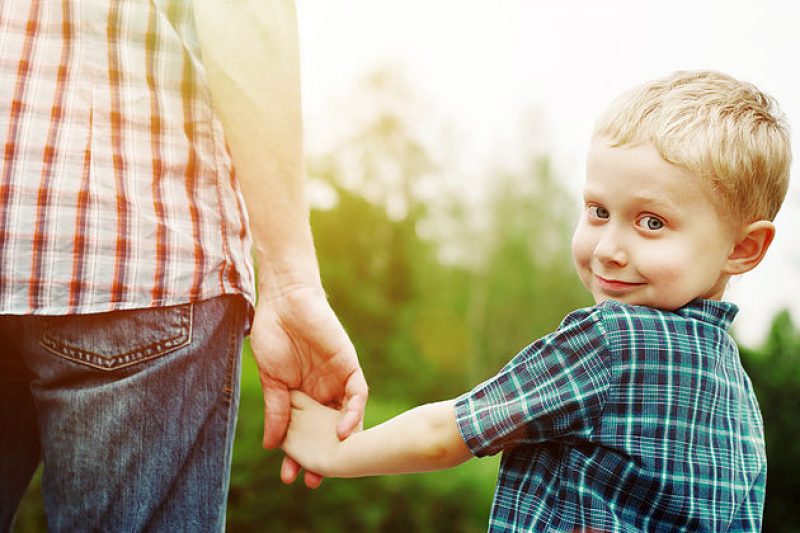By: Maggie Dent
I am writing this in response to the disturbing story of two young children who were taken by a sexual predator in North Perth. My thoughts and prayers are with both families of these precious children and yes it is one of a parent’s worst nightmares. How to help our children not become victims to such an uncommon event?
Please reassure your children that most people are good and kind however there are some who are unsafe.
All families need to have some body awareness education and I here is a link to some of the best resources you can use to help with this. We must remember that over 90% of those who sexually abuse children are people they know – they are part of their world. I would help children in your family to each work out what are their unique early warning signs – chills, butterflies in their tummy, feeling cold, goosebumps? This happens when our body is trying to warn us we may be unsafe – about to do an unsafe thing, in an unsafe place or with someone unsafe.
If you really want to check a child’s early warning system. buy a large plastic spider from a shop and drop it on their lap or beside them when they’re not looking and watch their reaction… talk to them after about what their body to warn them about the spider and then link that to the feeling they might have when they feel unsafe in general.
Then I would chat about the ways that unsafe people – mostly male perpetrators – lure children away. They often tell children their parent has asked them to come and collect them. One way around this is to create a family password for use with people who would not normally be authorised to collect your children. This means if you as parents ever do need to ask anyone to collect your child/ren unexpectedly, then your kids know to ask that person – even if they are family or friends – for the password. If they can’t give the password, then they need to very loudly say ‘no’, and alert an adult such as a teacher if they are at school or someone else nearby who might even be able to call mum or dad to check before going anywhere.
I do suggest you practise scenarios – it’s quite common to freeze when we feel threatened, however if we practise – this reduces this chance. Tell kids it’s ok to keep yelling until the unsafe person leaves and then they must tell someone what happened. Sometimes they will ask kids to help find a puppy or show them a puppy, or offer them lollies or gifts, or offer them a lift somewhere. Again get them to check their early warning signs – then scream just in case! Also they might tell children their mother is hurt and wants to see them. Their stories may be elaborate.
So often we say to children ‘look for a police officer’ but quite often they are not around. This happened to my son when he was 3.5 years old and got lost. He kept looking for a police officer and when he couldn’t see one, rather than asking any other person he hid. The only reason we found him was that he saw a woman who looked like his godmother and he asked her for help. It’s best to make sure kids know if they need to ask for help, do so in a public place and preferably go to a store, library, cafe or friend’s house if they need help. Above all, if we teach our children their early warning signals, then they can better discern which people might be safe to ask for help.
Lastly I can imagine that there are many good men out there who are feeling very disappointed that again (in this case) men are being portrayed as evil, dangerous and unsafe. Statistically these events are rare – and we need to be mindful to surround our kids with lots of good dads and father figures because that will help them know what it feels like when a man is unsafe, and to not be scared of men in general because, again, the majority of people are good and kind.
Please take a look at our list of suggested resources here.
Also, this wonderful PDF from the Keeping Kids Safe Resource kit from the Daniel Morcombe Foundation Inc. is a fantastic starting point to exploring those body signals I’ve been talking about.
